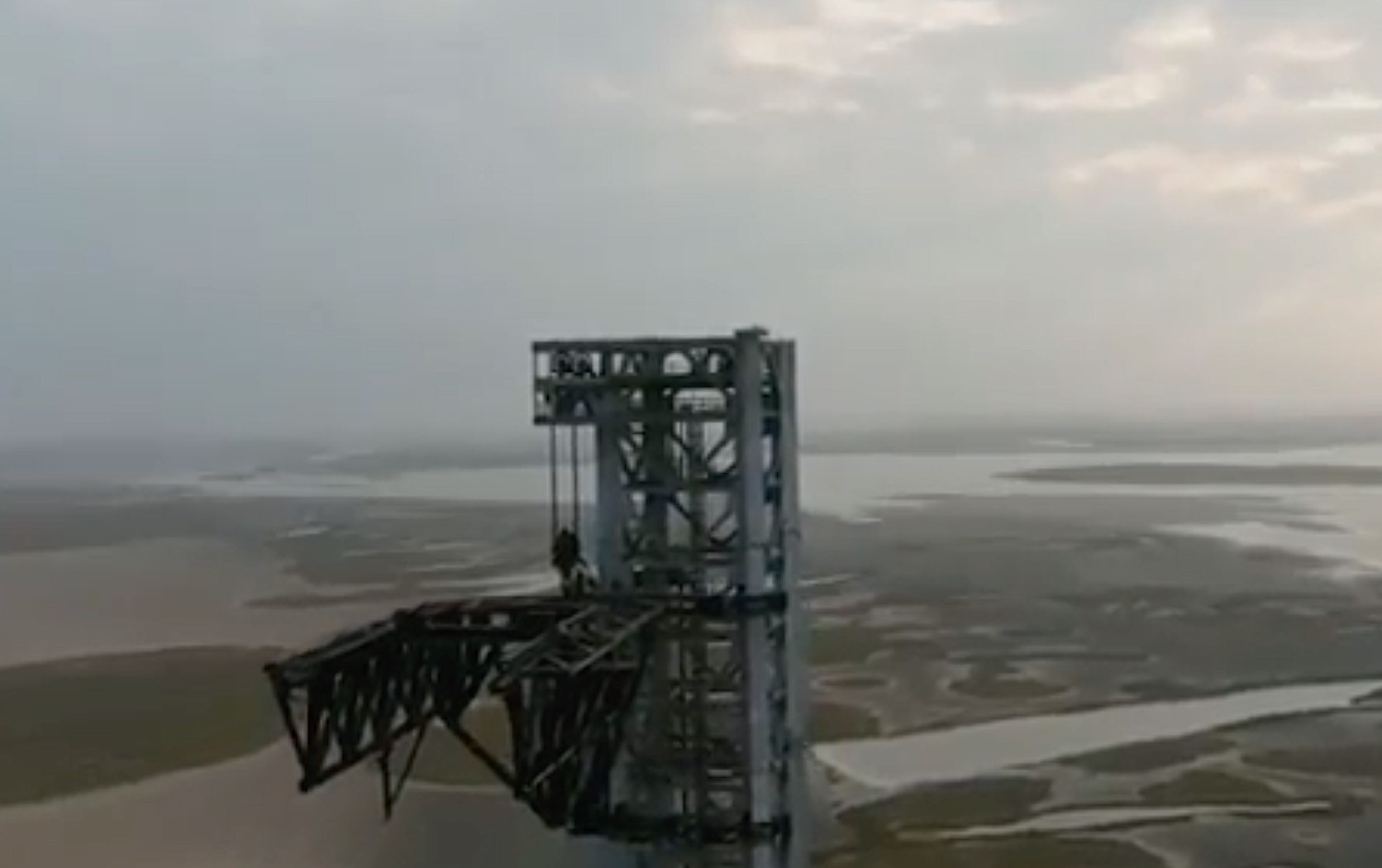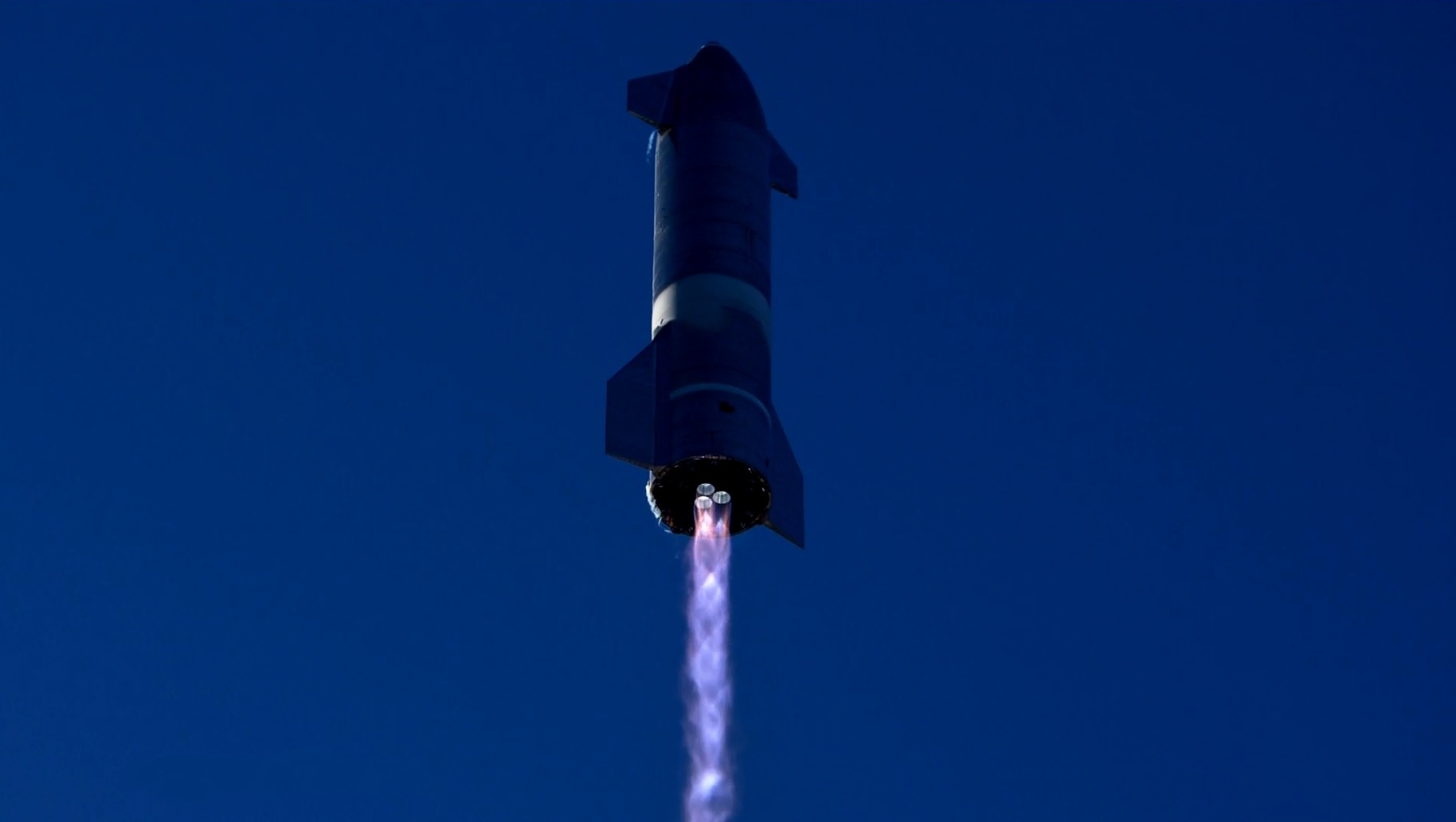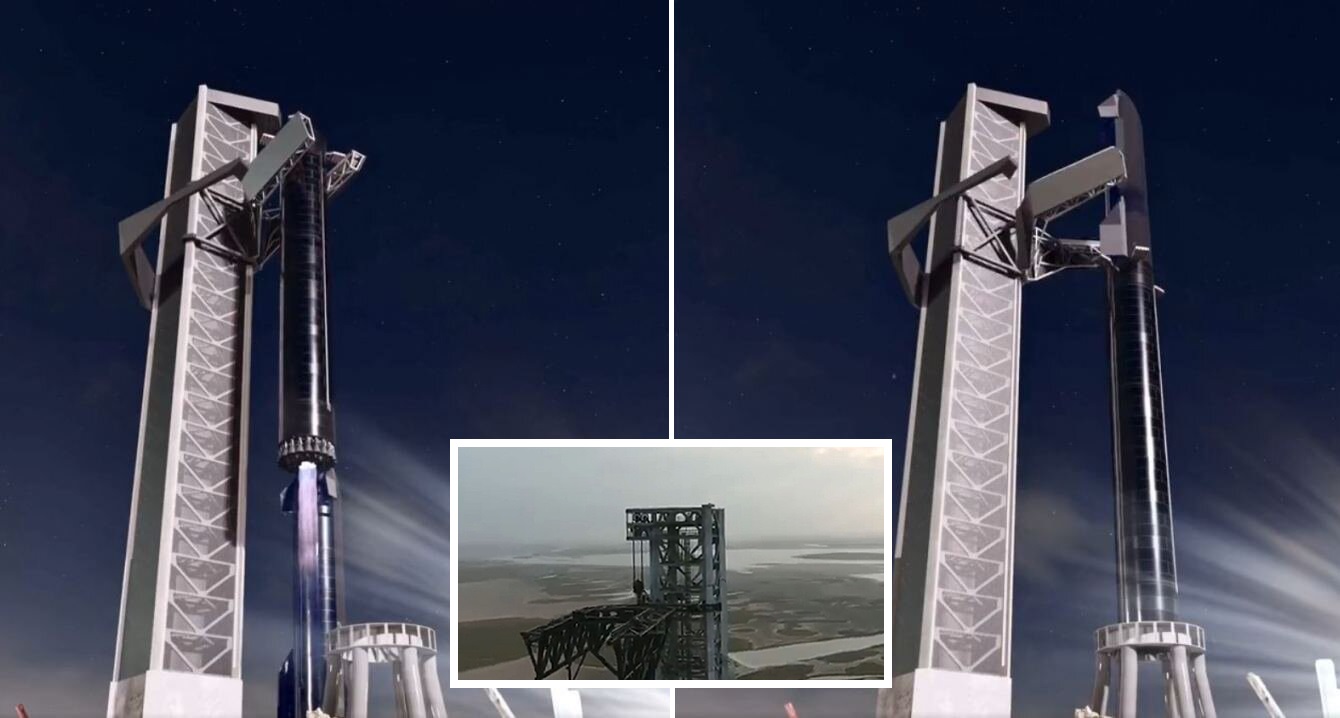The year 2021 was a watershed moment in the history of space travel, and it will undoubtedly be remembered for a long time. In the end, it is not every day that a group of billionaires and their respective firms manage to transport citizens beyond the atmosphere of the Earth, so opening the door to space tourism and who knows what else in the future.
In addition to being even more interesting than the previous year, the new year promises to be even more so. The launch of Artemis I, the first mission in a program that intends to establish a permanent human presence on and around the spacecraft, will undoubtedly be the focus of the next several months.
However, one of the three billionaires who made history in 2021, Elon Musk, is preparing something that might wind up being even more significant for our species in the future: the maiden orbital flight of the Starship, which could take place decades from now.

While the starship will be used to transport people to the Moon, Musk’s ultimate ambition is to transport humans to Mars and safely return them to the Earth.
Throughout the year 2021, Starship prototypes took to the skies, with the majority of them crashing spectacularly as they attempted the difficult and risky descent technique. One of the rockets ultimately managed to take off and land safely, paving the way for this year’s orbital mission.
According to reports, the launch might go place as early as this month, despite the fact that the FAA has said that it intends to finish its environmental impact study for the launch by the end of February, which would seem to postpone the launch into March.
It does not matter when or where the launch takes place; we are getting closer, and Elon Musk himself chose to add to the agitation by providing us a brief peek of the Starship launch and catch tower. It is a dolly shot kind of film, with an aerial camera gently gliding away from the tower to expose the gigantic structure under the surface of the water.
All of this and more can be found in the tweet embedded below.
Starship launch & catch tower pic.twitter.com/5mLIQwwu0k
— Elon Musk (@elonmusk) January 9, 2022
Elon Musk claims that SpaceX is making strong work on the improved Raptor 2 engines for the Starship
When it comes to Starship and its Raptor engines, SpaceX CEO Elon Musk has resorted to Twitter to provide a few updates.
Musk disclosed even more ambitious ideas for Starship’s update in mid-December, including extending the ship’s propellant tanks and installing an additional three Raptor engines, which could increase the ship’s maximum thrust by 50% and significantly improve payload performance. The newest information reveals that the Raptor engine will be enhanced, and structural upgrades to the Starship will be made, as well.
According to SpaceX chief executive Elon Musk, “Raptor 2 now functions consistently at 300 bar main chamber pressure” as the company ramps up ground testing of the improved engine.
Raptor 2 now operates routinely at 300 bar main chamber pressure
— Elon Musk (@elonmusk) January 3, 2022
Slightly a few days after SpaceX started testing the first full-scale Raptor prototype ever constructed, the engine momentarily hit a primary combustion chamber pressure just short of 269 bar on February 10th, 2019 for context (3900 psi). Russia’s RD-270 and RD-180 engines, the latter of which powers ULA’s Atlas V, held the previous speed records.
To prove that at least one Raptor prototype could maintain such high chamber pressures for a minute or longer in steady-state operation, Musk had to wait 18 months. Even Russia’s never-flying RD-701, which had been tested at up to 300 bar, could not keep up with this engine’s remarkable 330 bar output, which momentarily put it at the top of the world’s most powerful rocket engine rankings.
While Raptor has not yet been operational in the sense of facilitating orbital-class launches, the engine has not been far from its initial and has subsequently supported dozens of Starship static burns and seven flight tests — five of which happened in just six months.
As of this writing, despite the fact that the Raptor 1 or 1.5 engines have not yet attempted an orbital-class launch, SpaceX has almost exclusively switched to a new and upgraded type known as Raptor 2.
According to Musk, all Raptor ground testing at the company’s McGregor, Texas research center is now focused on the new hardware, which apparently boasts cleaner piping and wiring. It is, however, the increase in nominal thrust from 185 to 230 tonnes that is the most significant modification in Raptor 2’s design (408,000-507,000 lbs).

Raptor’s nozzle’s ‘throat’ may be widened to increase power density, but this comes at the cost of efficiency. As a result, Raptor 2 has a number of design enhancements that allow it to operate at chamber pressures of up to 300 bar—10 percent higher than Raptor 1.
At 321 bar (4650 psi), the engine momentarily generated 245 tonnes of thrust before killing itself on October 24th when Musk live-tweeted one of the first Raptor 2 static burns.
Just over two months later, Musk claims that Raptor 2 prototypes are already regularly functioning at 300 bar without serious difficulties, indicating that they can ignite and safely shut down after burning for several minutes at these pressures.
Given that Raptor 2’s maximum chamber pressure is 300 bar, this suggests that the engine is now “routinely” working at the level SpaceX desires and requires to push Starship into the next stage..
Raptor 2 has a larger throat diameter, so thrust is ~245 tons at 321 bar
— Elon Musk (@elonmusk) October 25, 2021
Before SpaceX can begin certifying the first Raptor 2 engines for the first Starship or Super Heavy prototypes intended for the new engine, it is possible that one or several months of work remain. Despite this, SpaceX’s remarkable success with Raptor 2 testing in the first two months is incredibly promising.

